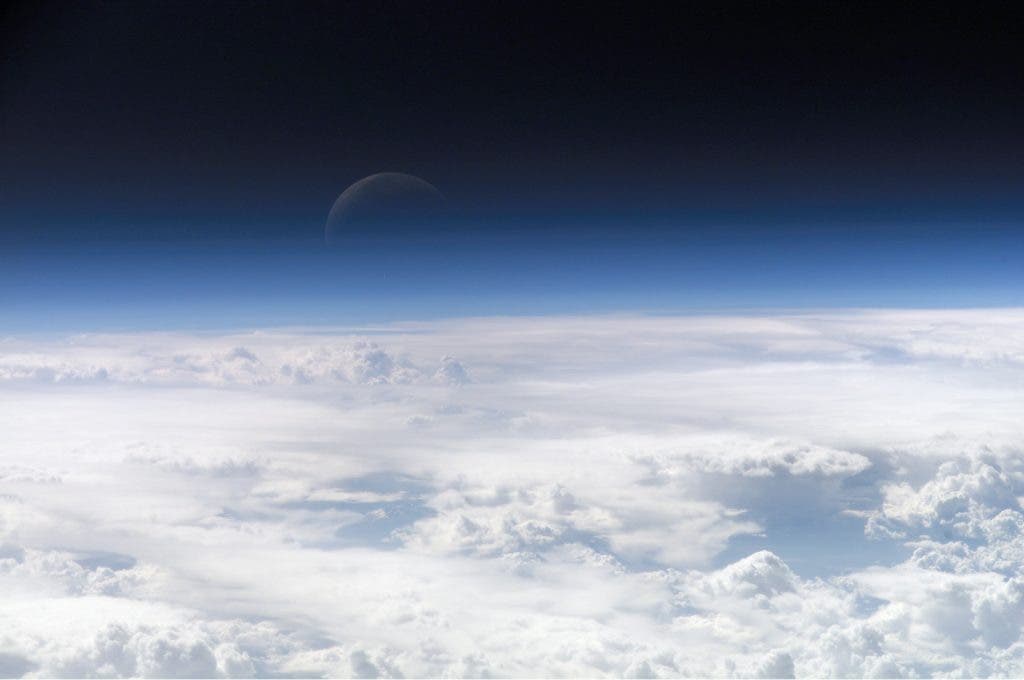Despite being the norm now, the atmosphere did not have a high-carbon dioxide level until 1965, according to a new study published in the Nature Communications journal.

The study showed that for the entire 2.5 million years of the Pleistocene era, carbon dioxide concentrations averaged 230 parts per million. Today’s levels, by comparison, are more than 410 parts per million.
In 1965, Earth’s atmospheric carbon dioxide concentrations exceeded 320 parts per million, a high point never reached in the past 2.5 million years, according to the study. Carbon dioxide is a greenhouse gas that contributes to the warming of Earth’s atmosphere.
“According to this research, from the first Homo erectus, which is currently dated to 2.1 to1.8 million years ago, until 1965, we have lived in a low-carbon dioxide environment — concentrations were less than 320 parts per million,” said Yige Zhang, a co-author of the research study and an assistant professor in the Department of Oceanography in the College of Geosciences.
The researching team analyzed soil carbonates from the Loess Plateau in central China to quantify ancient atmospheric carbon dioxide levels as far back as 2.5 million years ago. Climate scientists often use ice cores as the “gold standard” in physical climate records, Zhang said, but ice cores only cover the past 800,000 years.
“It’s important to study atmospheric CO2 (carbon dioxide) concentrations in the geological past, because we know that there are already climate consequences and are going to be more climate consequences, and one way to learn about those consequences is to look into Earth’s history,” Zhang said. “Then we can see what kind of CO2 levels we had.”
Analyzing pedogenic carbonates found in the ancient soil (paleosoil) from the Loess Plateau, the scientists reconstructed the Earth’s carbon dioxide levels.
“Carbonates formed during soil formation generally reach carbon isotopic equilibrium with ambient soil CO2, which is a mixture of atmospheric CO2 and CO2 produced by soil respiration,” said Nanjing University’s Jiawei Da. “Through the application of a two-component mixing model, we can reconstruct paleo-CO2 levels using carbonates in fossil soils.”
Using those materials and the techniques, the researchers constructed a carbon dioxide history of the Pleistocene.
“Our reconstructions show that for the entire Pleistocene period, carbon dioxide averaged around 230 parts per million, which is the same as the last 800,000 years’ values,” Zhang said.









